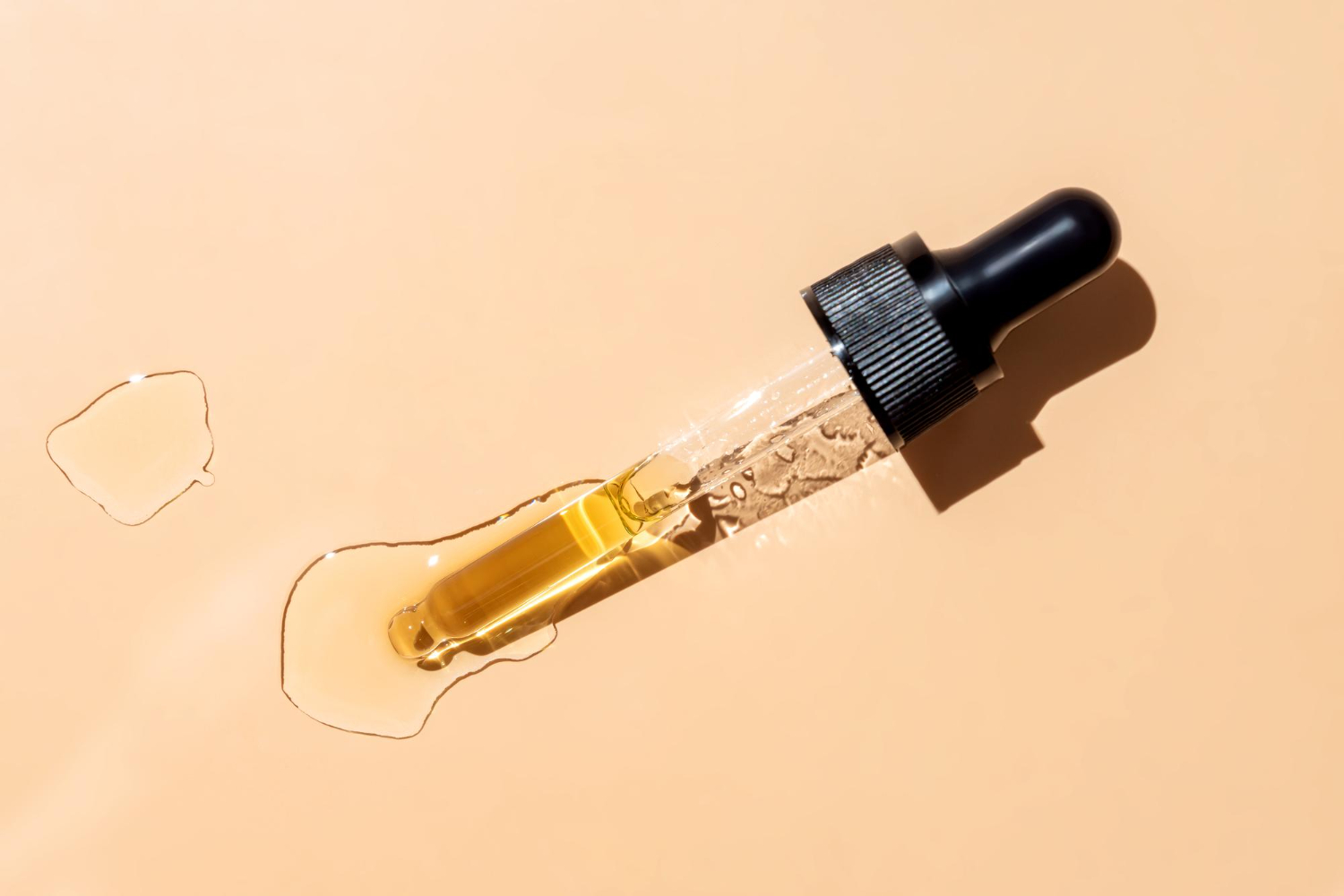Retinol serum has become a staple in skincare routines for its ability to improve the appearance of skin. It is a derivative of vitamin A and can effectively tackle issues like acne, aging, and sun damage. Many users find that incorporating retinol serums into their regimen leads to smoother, firmer, and brighter skin.
Choosing the right retinol serum can be challenging given the variety available in the market. Options range from formulations for beginners to those designed for experienced users. Skincare experts highlight products that cater to different skin types, ensuring everyone can find an option suitable for their needs.
Using retinol serum correctly can enhance its benefits, making it essential to understand proper application and potential side effects. As many seek to boost their skincare routine, learning about the best retinol serums can provide valuable insights for achieving healthier skin.
Understanding Retinol Serum
Retinol serum is a popular skincare product recognized for its ability to enhance skin appearance. It is essential to know how it works and its benefits for maintaining healthy skin.
The Science of Retinol
Retinol is a derivative of vitamin A, which plays a crucial role in skin health. When applied topically, retinol penetrates the skin and accelerates cell turnover. This process helps in shedding dead skin cells and promoting the growth of new ones.
Retinol stimulates collagen production. Collagen is vital for skin elasticity and firmness. By increasing collagen levels, retinol can reduce the appearance of fine lines and wrinkles.
Different products may contain varied concentrations of retinol, ranging from low to high. New users should start with a lower concentration to allow their skin to adjust, reducing the risk of irritation.
Benefits for Skin Health
Using retinol serum offers various benefits for skin health. It is known for addressing common skin concerns such as acne, uneven skin tone, and signs of aging.
Key Benefits:
- Reduces Acne: By promoting quicker skin cell turnover, retinol can help prevent clogged pores, which reduces acne breakouts.
- Fades Dark Spots: Retinol helps in fading hyperpigmentation and dark spots, enhancing overall skin tone.
- Smoothens Skin Texture: Regular use of retinol can result in smoother and softer skin, making it look healthier.
- Minimizes Fine Lines: It effectively minimizes the appearance of fine lines and wrinkles, contributing to a more youthful appearance.
Careful application is important. Users should apply retinol at night, using sunscreen during the day to protect the skin from sun damage.
Application and Usage
Correct application and consistent usage of retinol serum are key to achieving the best results. Understanding the proper techniques and how often to use the serum can help avoid skin irritation and maximize benefits.
Proper Application Techniques
To apply retinol serum effectively, start with clean, dry skin. It’s best to use a small amount, roughly the size of a pea.
- Target Areas: Focus on the forehead, chin, and cheeks. Dabbing a bit on each area works well.
- Even Distribution: Gently rub the serum into the skin until it is fully absorbed.
- Moisturizer: After the retinol absorbs, apply a gentle moisturizer to lock in hydration. This can help reduce potential irritation.
For those new to retinol, it might be wise to start with every other night to gauge skin tolerance. If no irritation occurs, they can gradually increase usage.
Frequency of Use
Retinol can be potent, so frequency of use is important. Beginners should start with 2-3 times a week. This allows their skin to adjust.
Once tolerance is established, using it every night may be possible. Users should keep in mind:
- Sensitive Skin: Those with sensitive skin might stick to less frequent applications.
- Day Protection: Using retinol means more sensitivity to sun exposure. Applying sunscreen daily is crucial.
Successful incorporation of retinol into a routine takes patience. Skin improvements can take several weeks to become visible.
Selecting the Right Product
Choosing the right retinol serum involves understanding key ingredients and their concentrations. This knowledge will help in finding a product that matches specific skin needs.
Ingredients to Look For
When selecting a retinol serum, certain ingredients enhance its effectiveness. Retinol is the primary ingredient, known for improving skin texture and reducing fine lines.
Other beneficial components include:
- Squalane: This ingredient hydrates the skin, reducing dryness often linked with retinol use.
- Hyaluronic Acid: It helps to retain moisture, making skin appear plumper.
- Peptides: These can support skin elasticity and improve firmness.
Avoid products with added fragrances or harsh preservatives, as they may irritate sensitive skin. Look for serums labeled as non-comedogenic, meaning they won’t clog pores.
Understanding Concentrations
Retinol serums come in various concentrations, which affect their potency. Beginners should start with lower concentrations, around 0.25% to 0.5%. This reduces the risk of irritation while allowing the skin to adjust.
As skin becomes accustomed, users can gradually increase to higher concentrations, such as 1%. It’s important to pay attention to skin’s reaction. If irritation occurs, it may be necessary to reduce the frequency of application.
Products with encapsulated retinol offer controlled release, which can also lessen irritation while maximizing benefits. Always check the packaging for directions on usage and start slowly for the best results.
Potential Side Effects
Using retinol serum can lead to various skin reactions. Many people experience some level of irritation as their skin adjusts. Common irritations can be bothersome, but there are ways to manage sensitivity effectively.
Common Irritations
When starting a retinol serum, users may notice several common irritations. These include:
- Redness: The skin might appear flushed or irritated.
- Dryness and Flakiness: Increased cell turnover can lead to dryness.
- Peeling: Skin may begin to peel as it sheds old cells faster.
- Stinging or Burning Sensation: Some may experience a tingling feeling upon application.
These reactions are usually temporary. They occur as the skin adapts to retinol. It’s common for new users to experience this during the initial weeks. If the discomfort persists for too long, it is important to adjust how often the serum is applied.
Managing Sensitivity
There are several strategies to help manage sensitivity when using a retinol serum:
- Start Slow: Begin with a lower concentration and apply it once or twice a week.
- Moisturize: Use a gentle moisturizer before and after applying retinol. This can help reduce dryness.
- Avoid Mixing: Do not combine retinol with other strong active ingredients, like acids, at first. This can exacerbate irritation.
- Patch Test: Conduct a patch test on a small skin area before full application to check for reactions.
By following these tips, users can minimize the side effects while still gaining the benefits of retinol.



